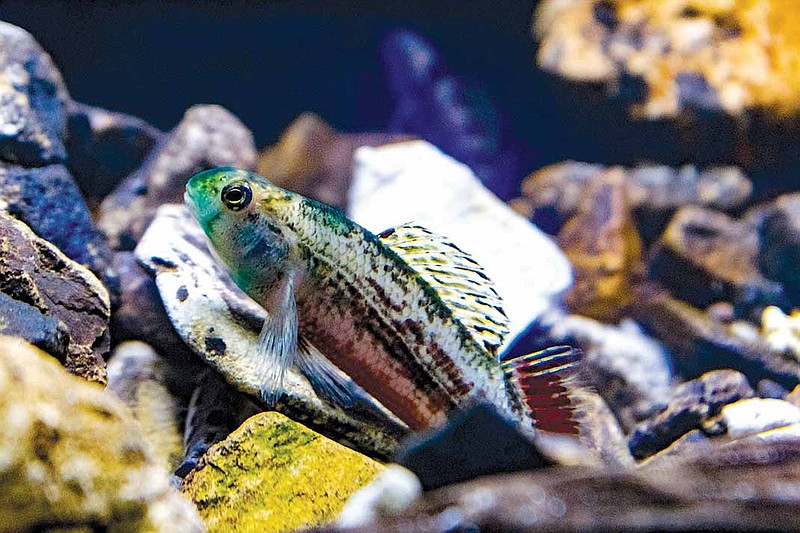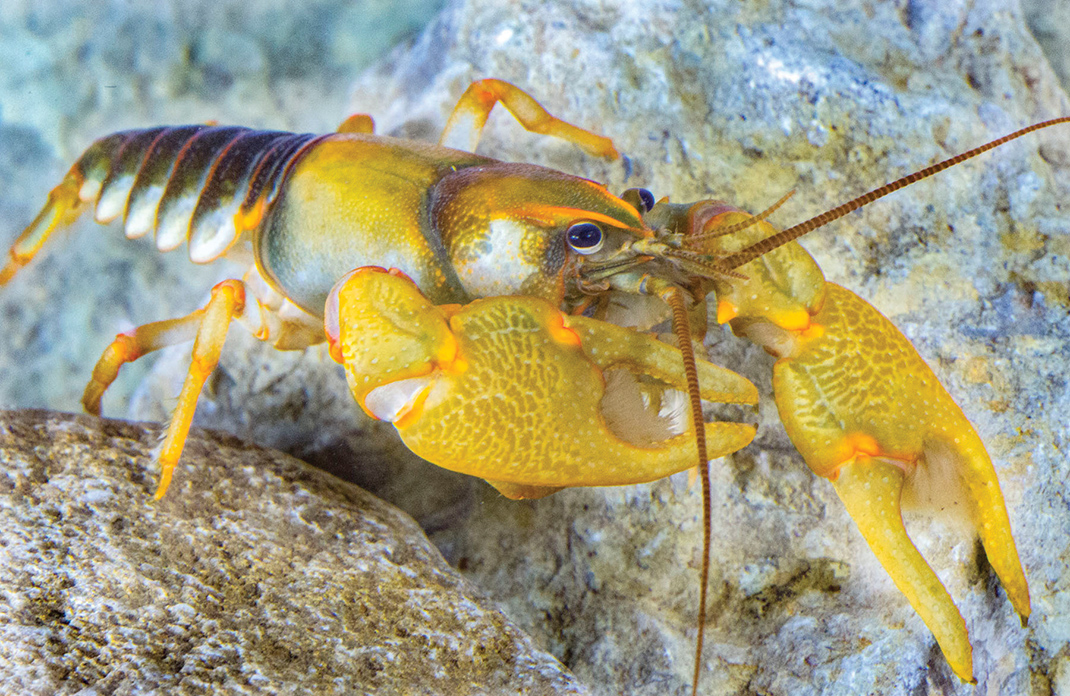According to a recent study on Southeastern watersheds by the Tennessee Aquarium Conservation Institute and the University of Georgia River Basin Center, fish species within several significant local watersheds are in dire straits - and so are the anglers who hunt them.
"At the most general level, game fish are not much different from non-game fish," says Dr. Duncan Elkins, the study's project manager and research associate with the UGA River Basin Center. "Oxygen level, spawning site quality and visibility that affect darters and minnow also affect bass and brook trout."
The study revealed the largest factor in watershed degradation is human involvement, mainly in the form of urban and agriculture runoff, which can increase sediment levels. Sediment and pollutants carried into our rivers via rain can - and has - had dire consequences for local aquatic populations. For instance, sediment can bury spawning sites; pollutants can reduce nutrients in streams and lakes.
Lakes and rivers at risk
Watersheds encompass large swaths of lands, and can be difficult to visualize. The lakes and streams in them, though, aren't. Here are some of the premier fishing spots in the top 10 most at-risk watersheds the study identified. Lake Pickwick (Pickwick Watershed, #1 most at-risk) Wheeler Lake (Wheeler Lake Watershed, #2 most at-risk) Big Creek (Upper Clinch Watershed, #4 most at-risk) Wolf Creek (Middle Coosa Watershed, #5 most-at risk) Conasauga River (Conasauga Watershed, #7 most at-risk) Caney Fork River (Caney Watershed, #10 most at-risk)
"We're certainly looking at potential extinctions," Elkins says. "There are many species that are just barely hanging on."
Dr. Bernie Kuhajda with the TNACI gives the example of the laurel dace, a minnow found only on Walden's Ridge, and the Chickamauga crayfish, for which South Chickamauga Creek is its only home.
"We've got some very narrow-ranged species here locally," he says.
Those species can play big roles in their local ecosystems. Game fish on Walden's Ridge may rely heavily on the laurel dace as a food supply. Even if they don't, species that feed on the dace or the Chickamauga crayfish could themselves be a primary food source for game fish.
"If a stream is becoming sedimented, that chokes out some of the macroinvertebrates present there," says Elkins. "You could definitely see a food chain diminishing."
In the domino game that constitutes the natural world's hierarchy, even something that affects the local bug community directly affects the fish community, Elkins adds.
The study concludes that preservation and restoration of our watersheds, while difficult, is necessary. Elkins and Kuhajda encourage individuals who want to help make a difference to look into local watershed management groups. Volunteers are needed to help monitor and collect data, which plays a large role in being able to better manage the health of our waters, they say.
What you can do
» Support stormwater regulations in your city or county.
» Be mindful of your plastic use - only 9 percent of plastic in the United States is recycled, and much of the remaining 91 percent ends up in our waters.
» Manage runoff on your own property by ensuring any development or work you do is in line with city and county standards, and placing hay bales or other stormwater deterrents as a barrier between agricultural land and waterways.
» Join a local watershed monitoring group.
The study, by the numbers
290 Watersheds examined in the study1,050 Different fish, mussel and crayfish species present in the study11 States involved in the study28 Percentage of fish species in the Southeast that are considered imperiled — double what it was 20 years ago90 Percentage of mussels unique to the United States represented in the Southeast

